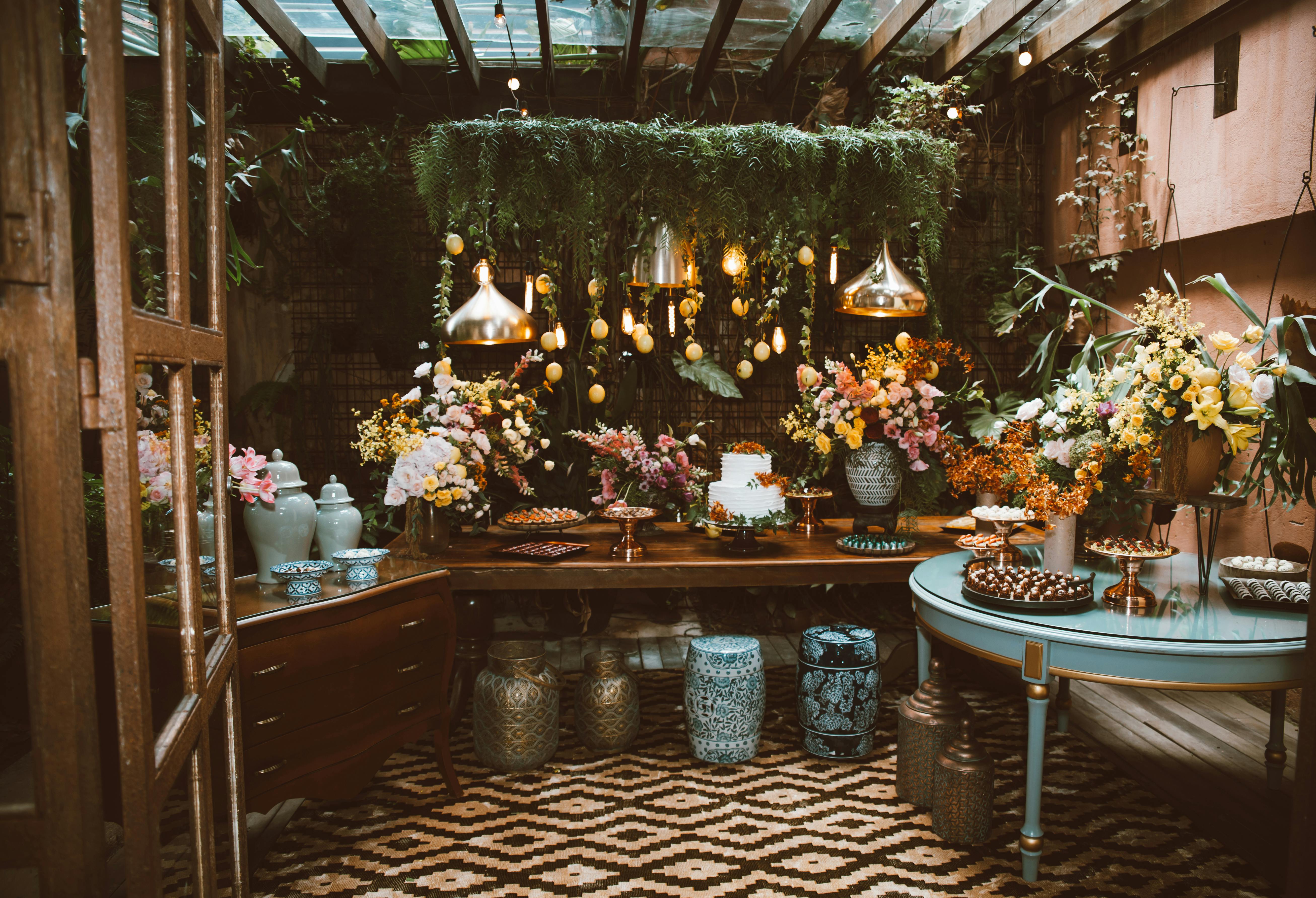Copper Gardens: A Modern Solution for Sustainable Living
Copper gardens are reshaping the way we think about sustainability, aesthetics, and food production. With environmental consciousness on the rise, homeowners and urban developers are turning to copper gardens for long-term, low-maintenance solutions. This guide will explore everything from the basics of copper gardening to advanced applications, helping you understand the value, process, and benefits of integrating this innovative approach into your lifestyle.

Understanding the Fundamentals
Copper gardens refer to gardening systems where copper materials—primarily copper planters or raised beds—are used for growing plants. Known for their durability and antimicrobial properties, these systems provide a clean, efficient, and aesthetically pleasing approach to gardening.
Historically, copper has been used in agriculture for its antifungal properties. Over time, designers and gardeners began incorporating it into modern garden layouts for both practical and decorative reasons. Understanding the basics of copper gardens is crucial for tapping into their full potential.
1.1 The Science Behind Copper’s Benefits
Copper naturally repels fungi, bacteria, and pests, which helps protect plants without chemical intervention. Studies show that copper surfaces kill up to 99.9% of bacteria within hours. This makes copper gardens a smart choice for those wanting organic yields and reduced maintenance.
Real-world applications include raised beds that prevent root rot, containers that deter slugs and snails, and vertical planters ideal for space-saving urban setups. A common myth is that copper leaches into the soil in harmful amounts—this is largely untrue when using high-quality, garden-safe copper products.
1.2 Distinction from Other Materials
Unlike wood, which can rot, or plastic, which may degrade under UV light, copper remains structurally sound for decades. Its antimicrobial nature is unmatched, giving it a unique edge in disease prevention.
For example, a copper-raised bed in a humid climate will outlast a wooden one by 20+ years and protect roots from mold growth. While it may be costlier upfront, its long-term value is unparalleled.
Practical Implementation Guide
Transitioning from traditional gardening to copper gardens requires planning and intentionality. When done right, the benefits—from longer-lasting infrastructure to healthier plants—quickly become apparent.

2.1 Actionable Steps
- Select the Right Location: Choose a well-lit area with good drainage. Copper gardens thrive in full sun and open air.
- Gather Tools and Materials: Obtain copper planters or sheets, quality soil, compost, and essential gardening tools like trowels and moisture meters.
- Build and Install: Construct your garden bed or container, fill with soil and compost, then plant seedlings. Water lightly and monitor for the first few weeks.
2.2 Overcoming Challenges
Common challenges include high initial costs, thermal conductivity of copper in extreme heat, and concerns over patina development. Solutions include:
- Budget gradually by adding one bed at a time
- Use shade cloths during heatwaves
- Embrace the natural green-blue patina, which doesn’t affect plant health
Experts recommend insulating copper beds with organic mulch and using thermal-resistant liners in hotter regions to maintain optimal root temperatures.
Advanced Applications
Once you’ve mastered the basics, you can begin leveraging copper gardens in more strategic and innovative ways. These methods elevate both form and function in your green space.

3.1 Vertical Copper Gardening
Ideal for city dwellers or those with limited yard space, vertical copper gardens allow for growing herbs, vegetables, and flowers up a wall or trellis. In a case study from San Francisco, one family grew 15 different herbs on a single copper grid with zero pest issues.
Performance metrics show that vertical setups can increase yield by 25% while reducing water use due to improved retention and drainage design.
3.2 Integration with Smart Irrigation Systems
Copper gardens work exceptionally well with drip irrigation and IoT-connected moisture sensors. Their heat-conductive properties allow better thermal regulation, which syncs seamlessly with smart watering schedules.
Compatibility considerations include ensuring that all connected parts—like connectors and hoses—are non-reactive with copper to prevent corrosion or blockage.
Future Outlook
The future of copper gardens looks bright as urban sustainability becomes a global priority. Designers are blending copper materials with renewable tech like solar lighting and AI-driven irrigation for maximum efficiency.
Market projections estimate a 12% growth in copper garden adoption by 2030, driven by eco-conscious consumers and municipal green initiatives. Readers can prepare by gradually replacing outdated gardening tools and containers with copper-based alternatives to stay ahead of the curve.
Conclusion
To summarize, copper gardens offer unmatched durability, aesthetic beauty, and sustainability. They support plant health, reduce maintenance, and align with eco-friendly values.
If you’re looking to future-proof your garden while supporting the planet, copper is your ally. Begin with a small planter, observe the results, and scale up confidently. Consider attending a workshop or consulting a local expert to jumpstart your journey.
Frequently Asked Questions
- Q: What is a copper garden? A copper garden uses copper materials, like planters or beds, to grow plants with enhanced durability and disease resistance.
- Q: How do I get started with copper gardens? Begin with a small copper planter, quality soil, and easy-to-grow herbs like basil or mint.
- Q: How much time do copper gardens require? After initial setup, maintenance is minimal—around 15–30 minutes a week depending on plant type.
- Q: Are copper gardens expensive? While initial costs can be higher, they last significantly longer than traditional materials, offering excellent ROI.
- Q: How do copper gardens compare to wooden beds? Copper gardens outlast wooden beds, require less upkeep, and resist rot and pests naturally.
- Q: Are they hard to build? Basic copper beds are easy to assemble using prefabricated kits or DIY-friendly panels.
- Q: Can industries benefit from copper gardens? Yes, restaurants, hotels, and wellness centers use them for fresh, on-site produce and as aesthetic centerpieces.
